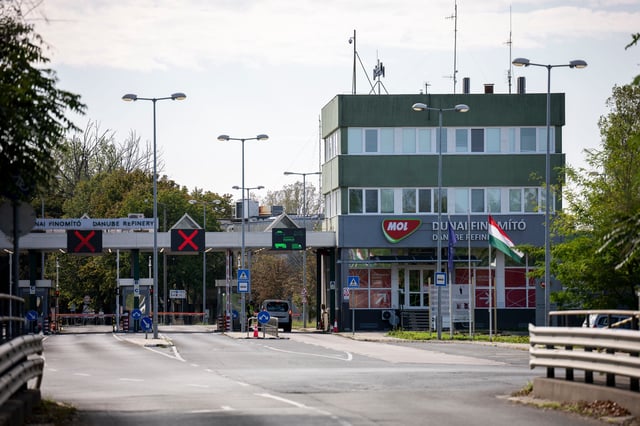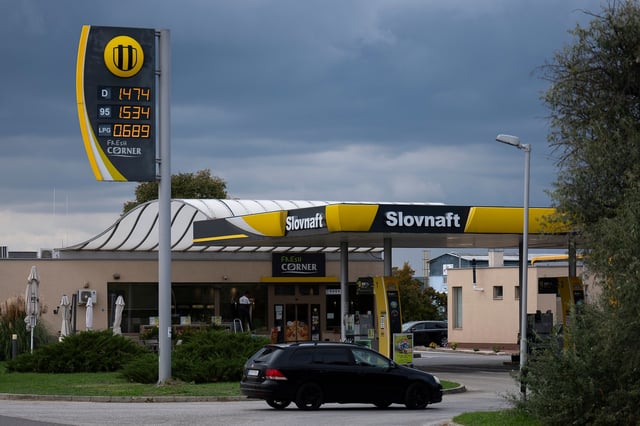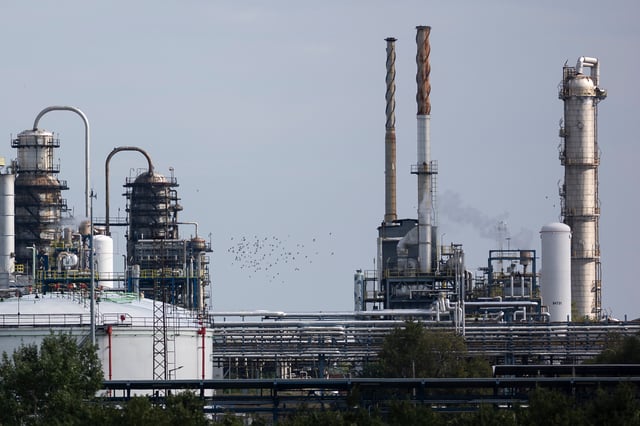Overview
- Brussels is preparing tariffs on Russian oil entering the bloc via the Druzhba pipeline routes through Hungary and Slovakia.
- Pipeline deliveries to the two landlocked countries continue under a temporary EU exemption designed to avert energy shortages.
- EU crude imports from Russia are down to about 3% by 2024, yet CREA estimates the bloc still spent €1.15bn on Russian fossil fuels in August.
- August purchases were concentrated in a few buyers led by Hungary (€416m) and Slovakia (€275m), followed by France, the Netherlands and Belgium.
- Replacement routes remain disputed as MOL says Croatia’s Adria pipeline cannot cover Hungary and Slovakia’s needs, Janaf says it can, and MOL targets end-2026 for diversification upgrades while Russia sells more to China, India and Türkiye.



